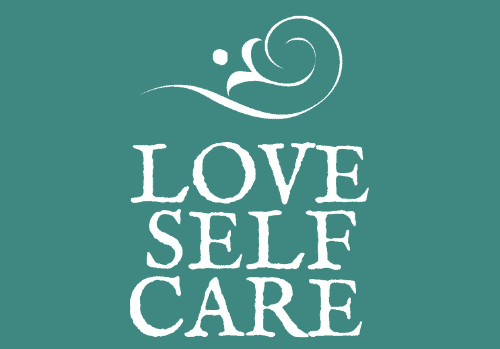
What are the different types of journaling? And, how do you begin?
Are you curious about the different types of journals to keep? It can seem bewildering when you begin.
How do you know which one is the right kind of journal for you? The short answer is any journal you will use is the right journal for you.
Journals can be used to keep track of a wide variety of things – from the everyday parts of life (like your to-do lists) or the most precious parts of life (like documenting the day your child was born). Both kinds are important and shed light on who you are today and who you want to become.
Journals can also be used to help you make sense of what is going on in your world. For example, did you know people can use journaling to cope with the stress of everyday life?
So if you think you are too old to learn how to journal or that you aren’t cool enough to try bullet journaling, think again. There is a journal out there that will perfect for you to keep, you just have to find the right one(s).
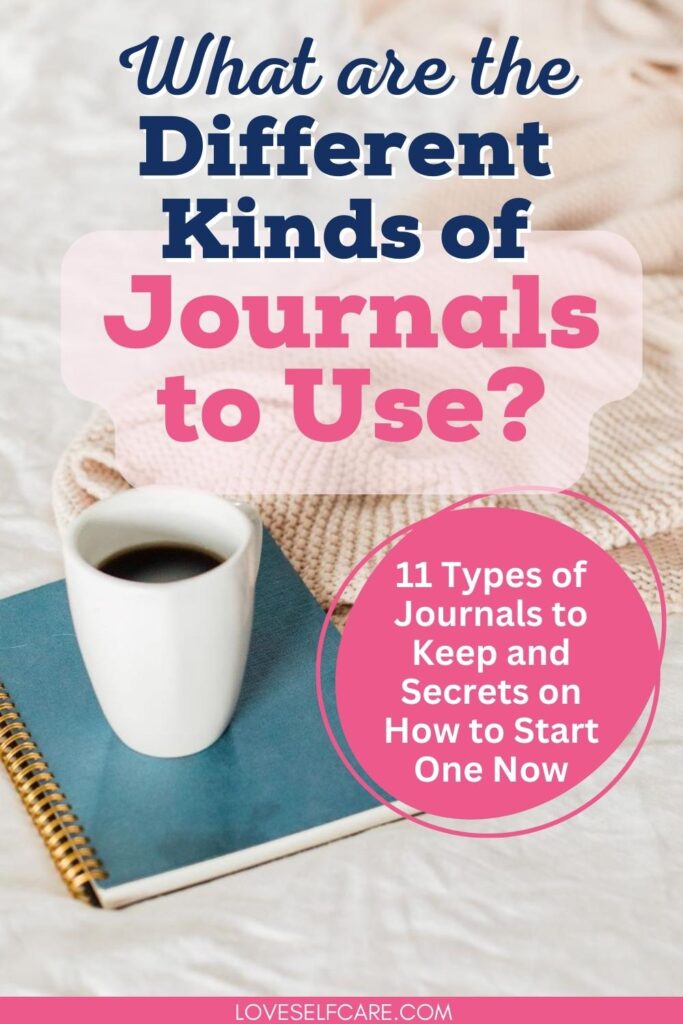
Journaling definition and history
The definition of journaling is “to keep a personal journal: to enter or record daily thoughts, experiences, etc.,” in a journal. People have been journaling as as way to help them make sense of the world around them for hundreds of years. The first record of the word “journal” was in the 15th century and “journaling” was used in 1803 according to the Merriam Webster dictionary.
Your ancestors probably kept a journal of some kind – it just may not have survived for you to read it. The best part about journaling is it can record a moment in time or it can become an actual record of a person’s LIFE, which is pretty amazing when you think about it.
The first thing you need to know is journaling is not as hard as it sounds. In fact, it doesn’t require much to start journaling either. Any old humble notebook and pen can serve you and quickly become something far larger, like a record of your life.
So, if you want to record your life, that’s great! But, where do you begin?
You don’t have to be a writer to be a journaler, but journal keeping will make you a writer anyway.
Robert moss
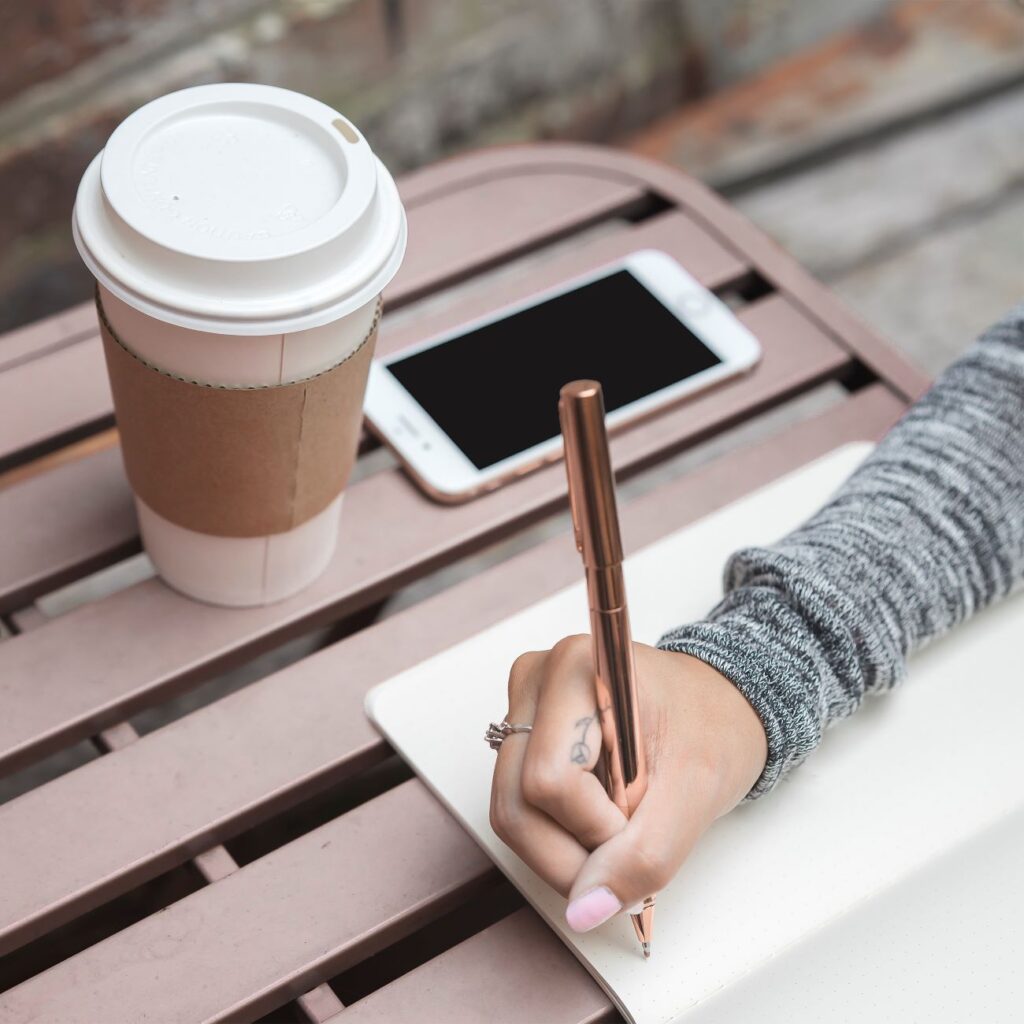
What You Need to Start Journaling
The first thing you need to do is decide what type of journal you would like to try. Here is a list of eleven different ones to try.
11 Different Types of Journals to Keep
Food Journals
You can detail what you had for meals. Food journals can be used for meal planning and notes on what you liked or didn’t like. They can also be used to note food sensitivities or allergies and food intake for calories.
Prayer or Bible Journal
A prayer journal or bible journal can be used to keep a record of your prayers for people, prayer requests, and reflections on Bible verses. This can be an important tool when you want to start journaling for spirituality.
Prayer Journal for Women: 52 Week Scripture, Devotional & Guided Prayer Journal

Dream Journal
A record of your dreams each night to look for recurring themes for analysis or for fun interpretation
Gratitude Journal
A gratitude journal is ideal to help with a low mood. A gratitude journal is one type of journal that can be used to reflect each day or night on the good things that happened that day.
You can also state in it all you are grateful for each day. It is a good idea to use this type of journal at the end of the day to recap all the blessings you received that day.
Or you can also have an ongoing gratitude list that you just add to each day, whatever works the best for you.
Gratitude Journal Notebook: Daily Gratitude Self-Care Affirmations

Travel Journal
Travel journaling is a great way to keep track of what you did on each day of your trip, where you stayed and ate, memorable moments that you want to remember, and your impressions of places
Milestone Journals like a Pregnancy or Baby Journal
Another powerful tool for remembering a particular time in your life or the life of your baby in terms of milestones that occurred that you don’t want to forget.
Waiting for You: A Keepsake Pregnancy Journal

Reading Journal
This is another log about the books you have read and your thoughts and opinions on them. You can make a note of your favorite authors, book series, etc.

Personal Journal
This journal is all about you. This is the best type of journal, in my opinion, and the most important one too.
Who else but you is the best person to document your unique place in this world and your take on life? This is the ideal place to write about your personal goals and your hopes and dreams for the future.
It can also be a safe place to vent about your negative feelings if you want to help you maintain your mental health.
Health Journals for Overall Wellness
If you want to work on issues related to anxiety, worry, perfectionism, or recovery you may have heard of a mental health journal. These types of journals are not just for tracking things you would like to change.
Wellness journals can be used for practices you want to start or enhance like positive mental health practices such as mindfulness. Either way, a health journal like below is a great place to start.
Present, Not Perfect: A Journal for Slowing Down, Letting Go, and Loving Who You Are

Guided Journal or Journal Prompts
A guided journal can be either a book you buy where you answer the journal prompted questions or a list of journal prompts you can use to fill in your own journal. Either way, this can be a useful tool when you have no idea what you want to write about or if it has been a long time since you have written and would like to ease into it again.
Art Journal
An art journal is a kind where you keep your sketches and ideas for creative projects in one place. It can also be one of the following where you are given prompts to create a particular kind of art for that day. How fun!
5-Minute Art Journal: Quick Prompts for Creative Inspiration

Tools to Buy to Start Journaling and Materials Used
If you are wondering what you need to start journaling once you have figured out what kind of journaling you want to do, here are some items to consider as you begin your journaling practice.
- Different types of journals – which can be hardbound or paperback that have you record different things by category (example: Reading Journal, Gardening Journal, Music journal, etc.)
- Blank notebooks or loose leaf paper – for free-form journals to write about whatever you want
- Hardbound blank notebooks – these have an extra cost compared to others but they have the benefit of lasting longer too. These can be used for free-form journaling, art journals or bullet journals.
- Books that guide you through journal prompts – like food or gratitude journals
- Blank sketch books for bullet journal or art journal purposes
- Pens
- Pencils
- Markers
- Notes App on your phone
- Word processing software
Here are some examples of different kinds of journal to keep:
PAPERAGE Lined Journal Notebooks

Yop & Tom A5 Dot Grid Journal – Moon and Stars


What is your purpose for the journal you keep?
What you decide to use really depends on your style and your goals. Since a journal can be used to list important events in your life, you might want something that can last.
The important thing about a journal is to record what you want to record. This could be your thoughts and feelings or memories to recall later. Some examples of this would be vacation journals or baby journals.
Or you may just want a way to vent to someone about what is going on in your life – your hopes, fears, and work through problems, etc. Any type of journal would be a great way to work through your thinking on issues that arise in your life.

You might want to use something disposable if you really want to vent and don’t want to keep a record of your ranting around forever. Of course, the benefit of it being disposable, is you can vent and then rip it up or burn after reading too.
You might also want to keep an “official” diary of your thoughts and feelings over time to trace your own personal development. This can be a very powerful tool to show you how far you have come in time in terms of the things you can cope with that used to send you spiraling.
Where and when should you start journaling?
What you really need to start journaling is a place where you can think and feel like you are safe. Now, I usually write alone in my room.
In the past, I used to have a long commute by subway, and I loved to write on the way in because it was a great way to be in my own little world. And, it is a great way for people to leave you alone – writing or reading a book – almost always seems to work.
Today, people are probably just on their phones reading about other people’s lives – rather than commenting and thinking about what they want for their own – which is kind of a shame actually.
As far as when to start journaling – today is good! Yesterday is better. Just kidding, the sooner the better as your future self will thank you for the insight it can bring you.
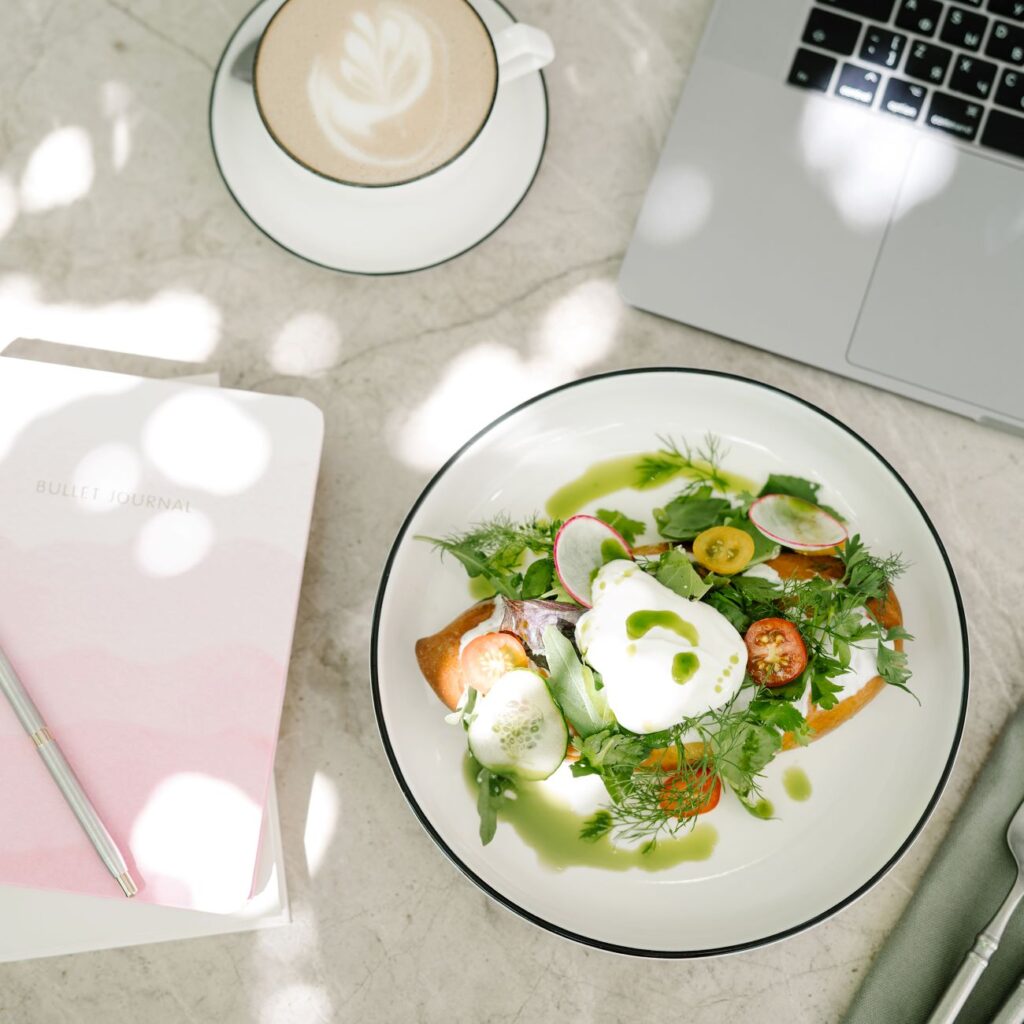
How often should you write in a journal?
How often should you write in your journal? That really depends on you and your goals.
All journals can be used as often as you want, but there is more power in the frequency of using them. The more you write, the more material you have to examine for common themes and issues you may have in your life.
So the best way to get the most out of your journal is to write in your journal on a regular basis, preferably as a daily journal. It is a lot like peeling an onion. The longer you maintain the practice of writing in a journal, the deeper you go until you unlock the true motivation and insight into your own behavior.
From a personal development standpoint, journaling can allow you to examine yourself almost from an outsider’s viewpoint. If you allow yourself to be honest and truthful with yourself and not censor yourself, you can then ask yourself some great questions. Like, why did I do that? Or how do I feel about that really?
Why would you want to journal? The benefits of the different types of journals to keep for your life
Some day, if you reread your journal, you will be amazed at the little details you forgot about your life. It is like when you find a photograph from a particular period in your life and the picture brings back the memory.
Journaling can do the same thing. It can be a really powerful way of showing all the simple things you have in your life to be grateful for and to learn to practice an attitude of gratitude for the big and small blessings in your life.
If you stick with it for a period of time, you may find yourself looking forward to your daily routine of checking in with yourself in a non-judgemental way and develop a journaling habit.
But don’t just take it from my experience, according to “Psychology Today” there are numerous benefits to journaling. It can help to relieve stress, process emotions, and reduce anxiety. They recommended it as a tool to help with the stress of the Covid-19 Pandemic during the beginning stages.

What is the difference between a journal and a diary?
They are really one and the same. A diary is just a daily record of your life. Diaries have the reputation as being something you do as a child, but that isn’t true.
Important Resources for Different Types of Journaling (long written pages and bullet pages)
Written Pages Journal
Julia Cameron, The Artist’s Way
Julia Cameron has written a wonderful book on how to use journaling as a tool for creative writing. She has an exercise called morning pages where you get up early and write first thing in the morning.
You can write about whatever you want as long as you write three longhand 8.5 x 11 sheets of paper. This is stream of consciousness writing and you aren’t allowed to censor yourself. (And, she would rather you didn’t go back and edit what you wrote).
She says you can use it to write grocery lists or what you had for breakfast. But, in reality, the longer you write the more you begin to understand more about your creative project. What you want to write and why you want to write, etc.
The very act of writing these pages can help your writing just because you have gotten the “writer’s block” portion out of the way leaving you free to do your work. My recommendation is to read this book as soon as you can. It is an amazing book for anyone, but especially important for anyone who wants to pursue a creative vocation.
The Artist’s Way: 30th Anniversary Edition

The Artist’s Way Morning Pages Journal: A Companion Volume to the Artist’s Way

Bullet Journal Pages Method
Ryder Carroll, The Bullet Journal Method
The bullet journal method was created by Ryder Carroll. He has a website, bulletjournal.com, that is a great resource to learn more about the origins and posibilities of this type of journaling.
He uses his bullet journal method to document the past, conquer the present with your to-do’s and determine what you want to have in your future by creating your goals.
“Each Bullet Journal becomes another volume in the story of your life. Does it represent the life you want to live? If not, then leverage the lessons you’ve learned to change the narrative in the next volume.”
― Ryder Carroll, The Bullet Journal Method: Track the Past, Order the Present, Design the Future
The Bullet Journal Method: Track the Past, Order the Present, Design the Future

Other Kinds of Journaling to Try
Obviously, you can use a different journaling technique whenever you want. Maybe you only have five minutes so you do something like the five minute journal or bullet journals.
Or maybe you have more time, and you write for as long as you’d like to prime the pump for writing or to delve into your emotions for therapy.
Journals can be used for creative journaling for anyone who wants to have fun while journaling. However, journals can also be used to get down to business and used for tracking habits and productivity too.
Your journal can be used to sketch or draw your feelings like in an art journal or your impressions about art if you aren’t feeling creative. A blank (non-lined) journal can be an anything goes space where you get to create whatever structure you would like for your journaling.
You can include sketches on one page and bullets on another. Regardless, you are in charge and you get to decide what you want to do in your blank journal.
Journal with Purpose Layout Ideas 101: Over 100 inspiring journal layouts plus 500 writing prompts

Tips on How to Start Journaling for Beginners, Especially If It Intimidates You
The basics to start journaling are pretty simple. You just need a blank page and to start writing!
You can write about anything you want. If you think that staring at a blank page is intimidating, try spending a little time doing a brain dump of everything you can think of right now.
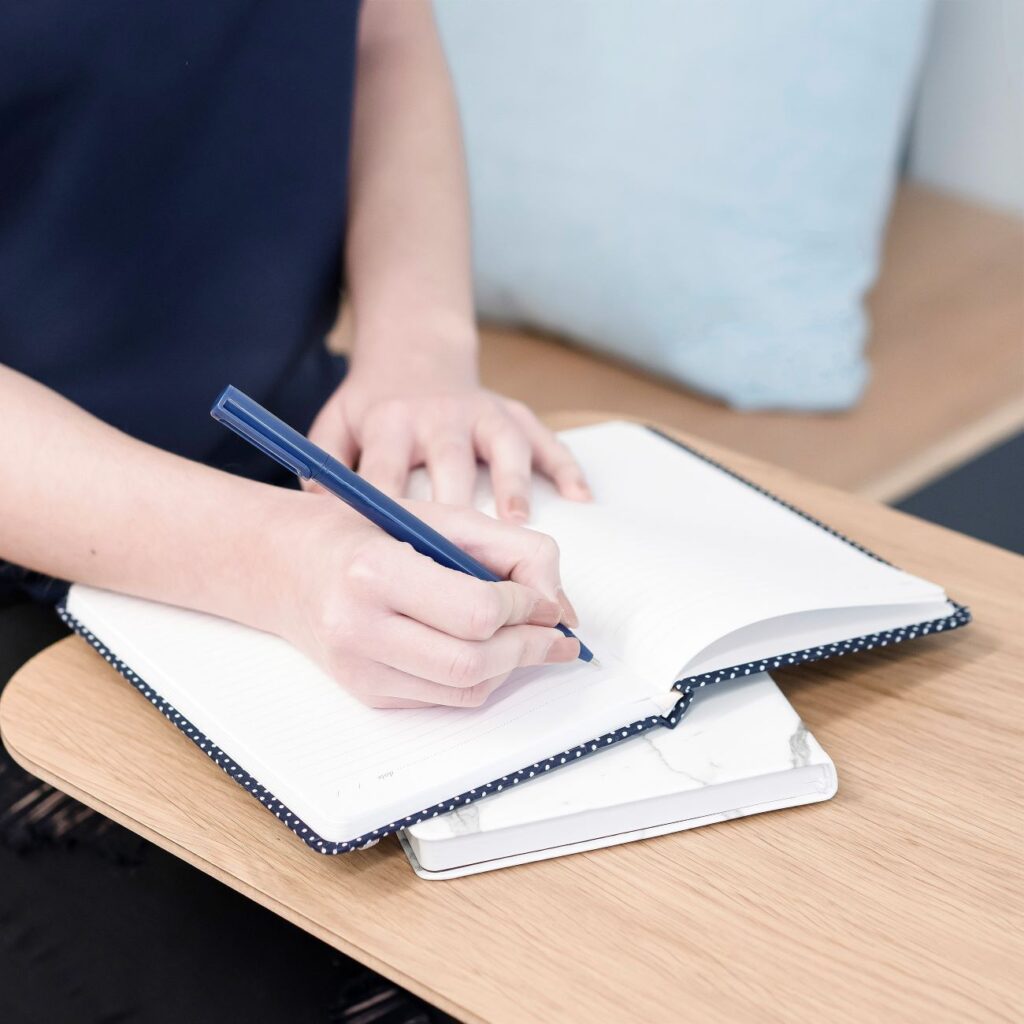
You can list things you need to do or are worried about. A really nice and easy way to start is to just write about the events of your daily life.
Like right now, I am watching my daughter play her favorite game (for example). So, I can just write about what I see or what is going on around me right now. It is a great way to get started when you have no idea where to begin.
As for what the first part of your journal entry should be when you write, I usually write the day’s date and then start by writing “Dear L”. Because, in essence, I am writing to myself – and it can be me in the past, present or future.
Frequently Asked Questions about the Different Types of Journals to Keep
As you can see there are many different types of journals to keep and ways to journal. Here are some frequently asked questions about the different kinds of journaling:
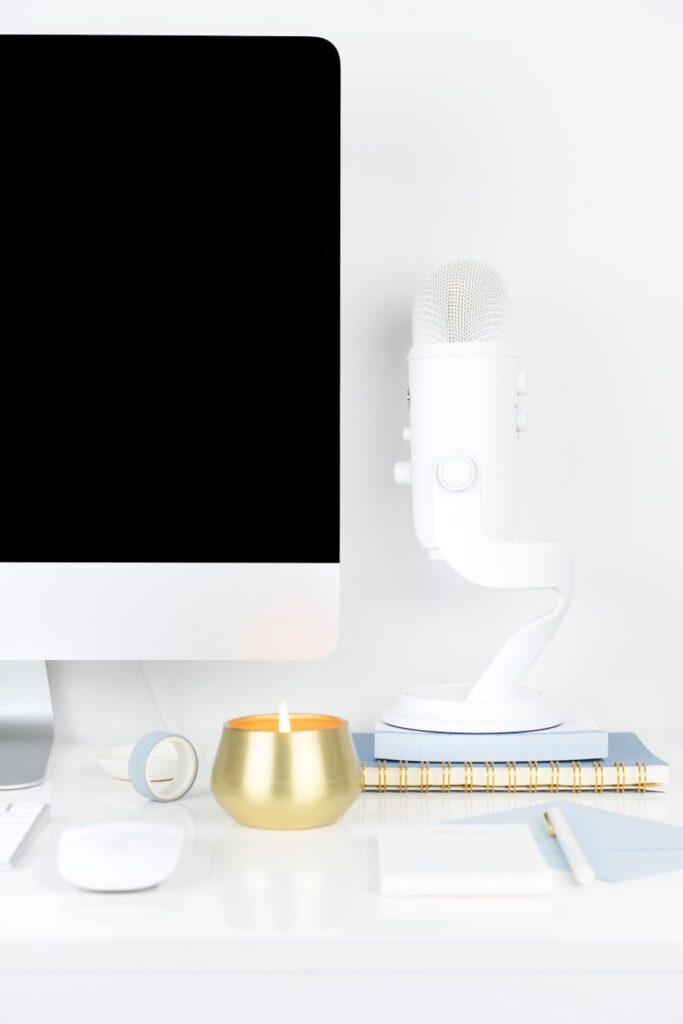
How do you start journaling for mental health?
Your mental health provider may ask you to keep track of your thoughts and feelings as you work through therapy. It can be really helpful to journal for anxiety because you can write down what you are feeling anxious about and then try to determine if there is a particular trigger for that anxiety.
It can be a very useful tool for journaling your thoughts and noticing not just the positive thoughts but also the negative thoughts as well. To begin this type of journaling, you just need a quiet place to practice and the ability to feel safe to express yourself.
Your therapist should be able to give you some good guidance on ways to achieve this if you have no idea how to start.
How do you start journaling for self-improvement?
You can start your personal journaling for self-improvement by choosing your favorite journaling format as described above in the different types of journaling. One way you could keep track of your personal goals is to use bullet journaling.
Writing out your goals and keeping track of them and the habits to get you closer to your goals is important too. Another way would be to keep track of your commitments not just to other people, but also your commitment to yourself.
Self-care and self-love are two areas to make sure you are putting regular deposits into and tracking them in a journal is a great way to do this. You could make a list of things you want to do for self-care, or think of ways you can be kinder to yourself and practice self-love too.
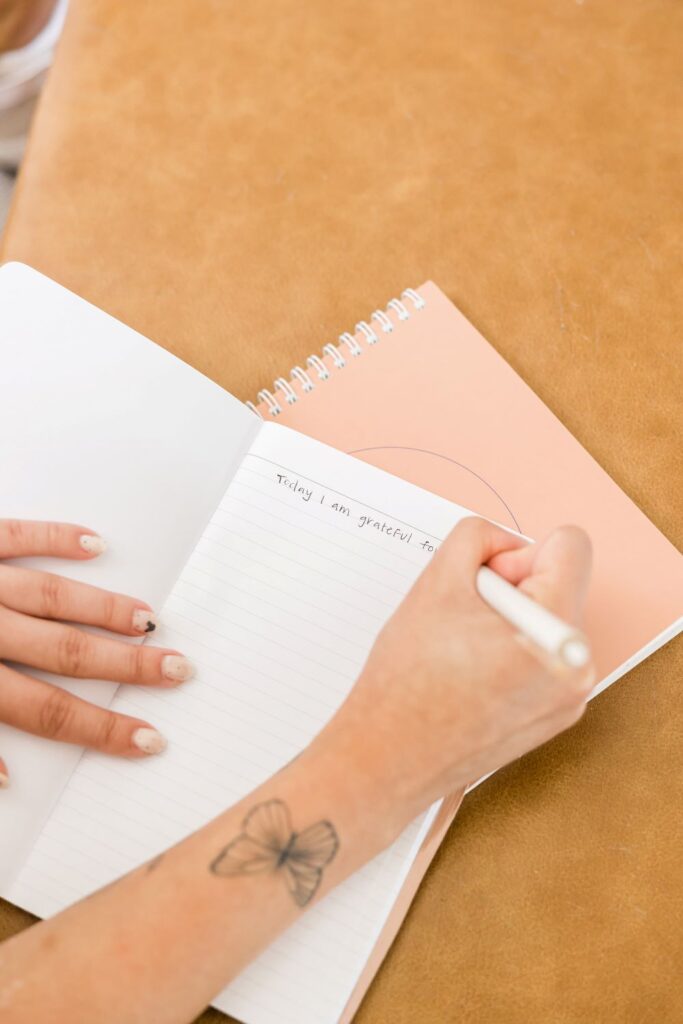
What do all of these different types of journals to keep have in common?
All of the different types of journals are all about you. It matters most what you want to put into the journal and how you would best like this form of self-reflection to operate for you.
Are you ready to start your new journaling practice? Hopefully you see the many possibilities you have to begin a new journaling habit and become the best version of yourself.
Beginning any type of journal is a great step toward getting to know yourself better. If you would like to learn more about other forms of expression, see “Expressing Yourself as a Form of Self-Care”.
Here are some related articles you might enjoy:
Talk to Yourself Like Someone You Love
Simple Self Care Ideas and Tips You Need in Your Life
While you are here, make sure you grab your copy of the "Self-Care Mini-Guide" to help you figure out how to add self-care to your daily life. Just click the link Loveselfcare Self-Care Mini-Guide to download your guide!
